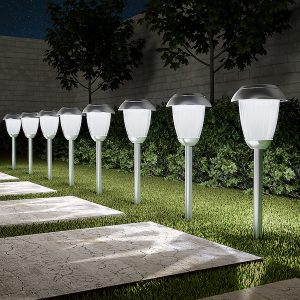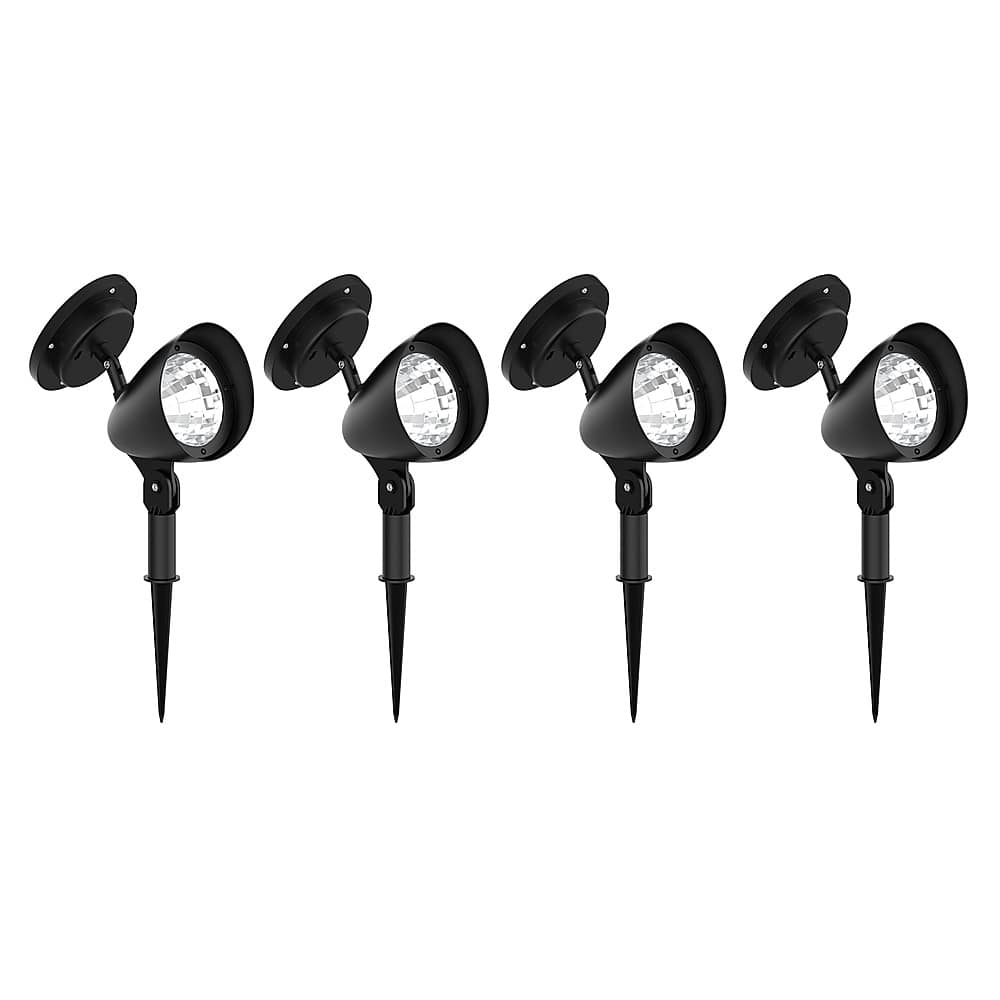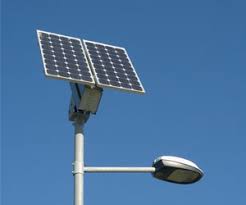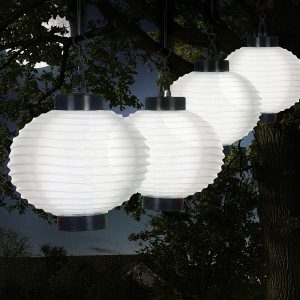Table of Contents
ToggleSolar power refers to the conversion of sunlight into electricity. One of the ways to achieve this is through photovoltaics, where a solar cell first absorbs the sun rays and then creates a current that is transferred to wires through the flow of loose electrons. Solar energy is a clean and renewable energy source that will help reduce our carbon footprint greatly.
What are solar energy fields?
Solar energy fields are photovoltaic power stations. They are also known as solar farms or solar parks. Imagine a field where a large number of solar panels are installed, as compared to a field that is used for agriculture.
Solar panel fields have the potential to generate enough electricity to power up entire villages and even cities. The only drawback is that if fields or large territories are installed with solar panels, they thus cannot be used for farming or agriculture.
However, solar panel fields can also be placed at the roof of buildings and even on top of greenhouses. This is especially so in areas where temperatures are low and numerous greenhouses are used to optimize agriculture.
Some solar energy fields will be able to produce more energy that is being used. This energy can be stored in batteries and used at a later time. It can also be sold to companies or individuals who want to make the switch to renewable energy but have yet to invest in their own solar panels.
The number of solar energy fields will continue to increase as more people turn to renewable energy sources. Similar to individuals who have solar panels on their roofs, energy providers who invest in solar energy fields will immediately see a high profit when their investment has been recovered.
What are solar lights?
Solar lights have the same function as normal lights do, lighting up dark places. The difference, however, is that these solar lights absorb sunrays and rely on the sun for power in order to function. Regular lights rely on electricity to power them up.
Different solar lights may have different components but all have special rechargeable solar batteries. The battery acts as the middleman between the solar panel and the LED bulbs, but more on that later.
Solar lights are also sometimes referred to as solar lamps and solar lanterns.
Types of solar lights
Contrary to the expectation that solar lights can only be used outdoors where there is sunlight, indoor solar lights also exist. Different solar lights have different purposes.
- Solar wall lights can easily be mounted directly on the wall. They work extremely well in illuminating sidewalls, home entrances as well as garden or shed entrances.
- Solar string lights are usually used for decorative purposes. They hang from a string and can be strung around trees, and decorate archways or entrances. These lights can be placed indoors as well as outdoors.
Nature Spring – Solar Powered String Lights Set of 2 – Cool White
- Solar lanterns come in many different types. They are popular with those who love camping and outdoor activities. Solar lanterns can also be used to illuminate the yard.
- Solar post lights are a good looking, useful single light source. These lighting posts are able to harvest sunlight to generate enough power to light up quite an area.


- Solar deck lights refer to LEDs that are used on walls, stairs, or decks. They come in a whole range of shapes and sizes. Solar deck lights are popular because they are wireless – unsightly wiring on the walls and tripping over wires on the floor are things of the past with these lights.


- Solar emergency lights have power banks that have been built in. These lights also have plenty of lumens to light up the darkness. Solar emergency lights are a great solution for when a power outage occurs.
- Solar lawn lights can be used to create the perfect ambience for your garden. You can use them to showcase your flowers and succulent plants. Although they are lawn lights, there is no problem using them indoors as well.
 Nature Spring – Solar Path Lights (Set of 24) – Black is available at BestBuy.com now!
Nature Spring – Solar Path Lights (Set of 24) – Black is available at BestBuy.com now!
- Solar step lights are used to light up stairs or steps. These stylish lights have a modern vibe and are usually placed at the end of each step. Solar step lights can be used both indoors and outdoors.
Benefits of solar lights
Here are a few reasons why many people have turned to solar technology.
Environmentally friendly
The production of non-renewable energy results in an ever-increasing carbon footprint. Using solar lights will have a positive impact on the environment and help reduce our carbon footprint on the earth.
Unlimited power source
The sun is an unlimited power source and all you need to do to harness this energy is to position your solar lights for maximum sunlight absorption.
Cost-effective
Solar lights might seem expensive at first glance but once you consider the savings that you will be making on electricity bills, you will be able to recoup the cost. Consider it an investment that will help you save in the long run.
Low Maintenance
Solar lights are very low maintenance. All you have to do is follow the manufacturer’s recommendations for many years of excellent performance.
Convenient
As solar lights are automatically operated, you do not have to monitor the time for when it should be turned on or off. You also do not have to worry about setting a time as there is a built-in sensor that will turn the light on or off automatically.
Low installation cost
Installation cost can be lower than standard electric trenching. While the poles are set in a similar way to standard grid-powered lights, there is no need for underground conduit from the main power source or from pole to pole. Root systems or underground utilities are also not an issue with solar lights.
How do solar lights work?
Solar lights work according to the photovoltaic effect. They have solar cells – the dark panels located at the top of the lights – which work to convert sunlight into electricity.
Solar cells are created with crystalline silicon layers and chemicals that produce positively-charged spaces and negatively charged electrons. The negative electors are pushed to the positively charged spaces when the solar cell absorbs sunlight.
The stream of electrons is transferred through the wires in the solar cell to the battery. The battery then stores this energy that will be used later to power up the solar light. This flow stops when there is no more sunlight to harvest.
Some solar lights have a photoreceptor which automatically turns on the light when it detects darkness.
Remember that solar lights need plenty of sunlight in order for the battery to have a full charge. Thus, they need to be placed in an area where there is no shadow during the day.
Solar lights will also most likely have different battery power during different seasons. For example, your solar lights may not function as well in the winter when sunlight is limited when compared to long summer days.
How do solar lights work in the winter?
Solar lights will continue to charge during winter. They just don’t charge as quickly or as efficiently during winter as compared to during summer when the sunshine is long and hot.
During winter or months when the sky is covered with clouds, the sun’s ultraviolet rays will still penetrate the clouds and reach the solar panels.
However, if there is snow in your area, there are a few things you can do to help the panels absorb as much sunlight as possible.
The first thing that you can do is quite simple. Clear the snow that has collected on the solar panels and light faces regularly to help them absorb sunlight, especially in the short hours that the sun is out. Use a brush with soft bristles or a soft cloth to remove the snow gently so as not to damage the solar cells.
The second thing you can do is to move your solar panels to avoid shadows. Shorter daylight hours mean your panels will most likely be in the shadows longer and more often. Positioning the panels in the south will usually result in the most sunlight absorbed.
Some panels can swivel or tilt. Use this to your advantage and adjust their position to enable the panels to collect as much sunlight as possible. Note the time that the sun moves to descend and reposition your panels accordingly.
Winter brings some challenges for those who rely on solar power for electricity. However, by making sure that the panels are not covered in snow and having them in an optimum position for sunlight absorption, you can still use solar energy during the cold winter months.
How long do solar lights last?
Solar light batteries usually need to be replaced in about 3 to 4 years, while LED light bulbs should last a minimum of ten years.
The longevity of solar lights depends on several factors, including:
- Placement – solar lights should not be positioned too close to artificial lights as this can cause the sensors to be thrown off.
- Cleanliness—This can be a factor in maintaining solar lights, especially when they are located in a dirty area.
- Weather/climate—If your region experiences extreme weather, you might want to consider storing the lights when conditions are unfavourable to avoid damage.
Read our article on “How long do solar panels last?” for more information.
What to do when solar-powered lights are not working properly?
It can be frustrating when electronic devices fail to function properly. Here are some things that you can do when your solar-powered lights do not seem to be in order:
- To check if the light is working, you will need to cover the panel to simulate darkness. Remember that solar panel lights usually do not work when it is bright.
- Some solar lights have on/off switches, so check to see if they’re properly turned on
- New solar lights may have a pull tab on the battery that needs to be taken off before the light can work
- Clean the solar panel. A dirty panel might not be able to absorb as much light as a clean one.
- Reposition the panel to receive optimum sunlight
- Check the batteries to see if they are at fault. You can do this by replacing the rechargeable batteries with normal batteries to see if the solar light works.
- Solar-powered lights will charge even when they are not on. Switch off the light and allow it to receive a full charge.
- Contact your retailer if all else fails.
Final words
Solar lights have plenty of uses and the various types and forms they come in make them a versatile option to light up dark areas at night. If you are looking for a cost-saving alternative to normal lighting, consider how solar lights can fit into your home. Additionally, using solar lights whenever possible will help to reduce the large carbon footprint caused by manufacturing electricity.








